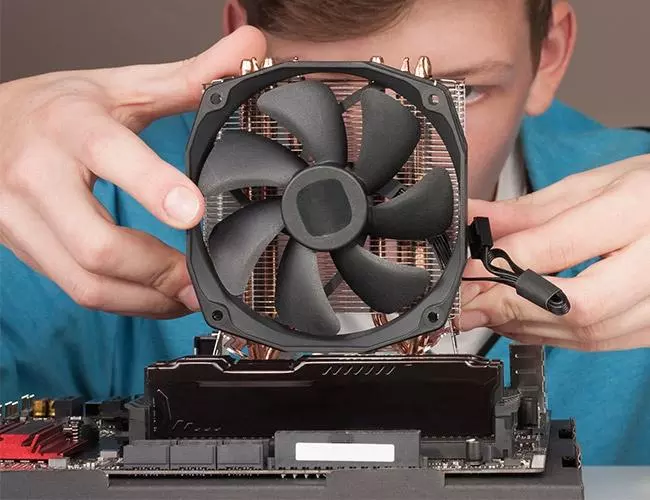CPU, Heat Sink, and GPU Die/Core Lapping: Benefits, Risks, and Considerations
Lapping a CPU, heat sink, or GPU die/core is a process utilized to smooth the surface of the integrated heat spreader (IHS) of a CPU for the purpose of enhancing thermal conductivity and reducing the thermal resistance between the CPU and its cooling solution.
While there are potential benefits to lapping a CPU, such as improved thermal performance and a lower operating temperature, this highly technical and delicate process poses significant risks that can lead to damage if not performed correctly. Furthermore, modern CPUs with tightly spaced transistors make lapping a CPU more challenging and increase the risk of damage.
Lapping a CPU for Improved PC Performance: Fact or Fiction?
The gains in thermal performance resulting from lapping a CPU may be limited compared to other factors that influence CPU temperature, such as the cooling solution's quality, the ambient temperature, and the thermal design of the computer. Thus, the decision to lap a CPU should be based on individual needs, experience, and the willingness to assume risks.
Alternatively, upgrading to a better cooling solution, optimizing the thermal design of the computer, or improving ventilation within the computer case may be more effective means of enhancing PC performance than lapping a CPU. It is advisable to exercise caution and seek expert advice before undertaking this complex process.

How to Lap a CPU Heatsink for Improved Performance
To lap a CPU heatsink, you will need a lapping plate or abrasive paper of various grits, ranging from coarse to fine. Before you begin, make sure the heatsink is thoroughly cleaned of any dust or debris.
To start the lapping process, use the coarse abrasive paper (e.g. 240 grit) to sand the surface of the heatsink in a circular motion, while applying moderate pressure. After completing a full rotation, turn the heatsink by 90 degrees and continue sanding until the entire surface is covered. Repeat this process multiple times until the surface is uniformly flat.
After completing the coarse lapping, switch to a finer abrasive paper (such as 400 grit) and repeat the sanding procedure until the surface becomes smoother and more consistent. Apply a small amount of lubricating fluid and diamond paste to the finer abrasive paper (e.g. 800 grit, 1500 grit, and 2000 grit) until the surface is as smooth as desired.
For an aluminum heatsink, use a water-based diamond paste of 1-3 microns, while an oil-based diamond paste is better for a copper heatsink. If you desire a high-polish finish, use a finer grit size of around 0.5 microns. Note that using a finer grit size will increase the lapping process's time and require more careful control to avoid damaging the heatsink.
After completing the lapping process, clean the heatsink thoroughly with a solvent or degreaser to remove any residue from the sanding process.
Lapping a CPU or GPU Die/Core for Improved Performance
To lap a CPU or GPU die/core, the first step is to clean the integrated heat spreader (IHS) with a solvent or cleaner to remove any impurities that could affect the lapping process. Next, apply a small amount of diamond compound with a grit size of around 1-3 microns, which will balance the surface finish quality and material removal rate.
Using a flat and smooth surface, like a lapping plate or glass, apply light pressure to the IHS and move it back and forth or in circular motions until you reach the desired surface finish. Inspect the surface finish of the IHS using an inspection tool or microscope to check if more lapping is necessary. Afterward, clean the IHS thoroughly to remove any leftover diamond compound.
It's essential to note that lapping a CPU or GPU die/core is a delicate and technical process that requires precision and patience. A small error can result in poor thermal performance or even a damaged CPU. The specific steps for lapping a CPU can differ based on the equipment and type of CPU used. Before attempting to lap a CPU, research the specific lapping process for your CPU or heatsink thoroughly, and consider the potential risks and benefits.
